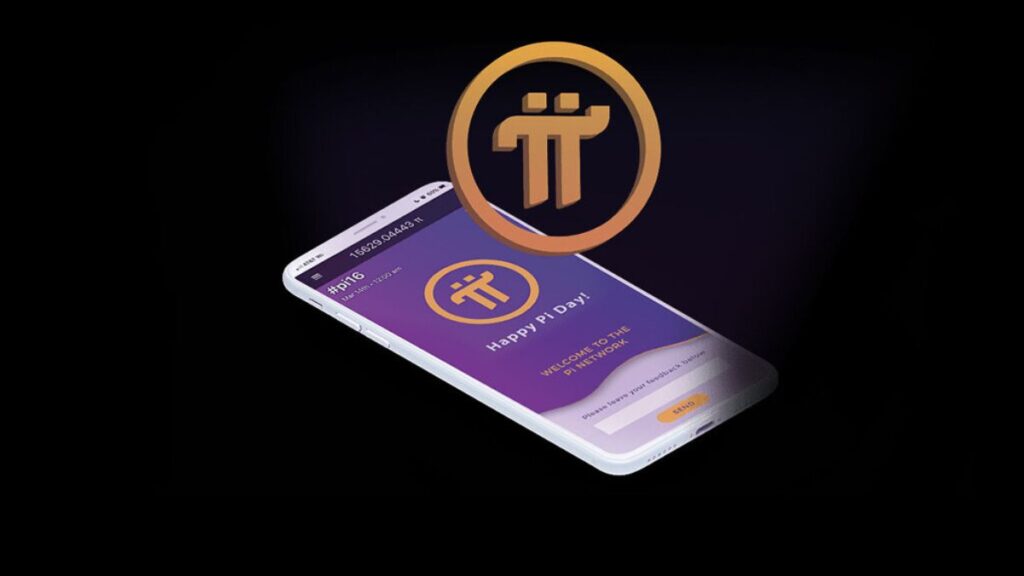The world of crypto moves fast and newcomers like Pi Network are grabbing attention with fresh ideas that pull in millions of users. What turns heads is Pi’s style of mining: you can mine coins on your phone without fancy rigs. Because of this simple, smartphone-friendly setup, people are eager to know where Pi Network price trends are headed and what that could spell for the project down the road.
What is Pi Network?
Started in 2019 by a team of Stanford graduates, Pi Network tries to bring crypto mining to everyday people. Unlike Bitcoin, which demands pricey hardware and gulps electricity, Pi lets users mine right through a free app. That low barrier makes it tempting for almost anyone with a smartphone, since there’s no need for huge bills or noisy machines in the living room.
Pi Network runs on the Stellar Consensus Protocol, a lighter way of checking transactions that does not drain power like proof-of-work systems. By using its own green method, Pi sets itself apart from many chains that get heat for harming the planet, giving eco-conscious fans another reason to pay attention.
Pi Network Price Trends: What to Expect
Even though no exchange has yet listed Pi tokens, everyone still wonders what they could be worth once trading opens up. As Pi Network gears up for its mainnet launch, a few key events will steer the token’s price:
Mainnet Launch. Swapping from testnet to mainnet will unlock exchanges and let buyers and sellers agree on a real-market value. How enthusiastically the community and newcomers embrace that moment will either boost Pi’s price or keep it low for a while. If wallet activity, merchant sign-ups and general buzz are strong, the value can climb fast.
Adoption and Utility. A coin is only as valuable as the problems it solves. The more shops, websites and apps accept Pi in day-to-day payments, the more users will need tokens to complete those deals. Growing real-world use can create steady demand, which tends to push prices upward even in shifty markets.
Market Dynamics. Investors’ moods, global news, rival coins and even big buy-sell orders shape every crypto price. If Pi nets users quickly and avoids major security issues, it stands a fair shot at cut-through and stable growth, though minor corrections along the way are certain.
The Perk of Mobile Mining
Pi Network shines because it lets people mine coins right from their smartphones. Unlike Bitcoin, which demands big rigs and high power bills, Pi asks for nothing more than a daily tap on your screen. Because of that easy setup, Pi has pulled in more than 14 million users around the world in almost no time.
Even so, the tokens you mine still sit without a price tag, leaving many folks curious about what they’re really worth. All eyes are now on the switch to mainnet; once that happens, exchanges will show a dollar value and you will know exactly how much your coins are worth.
What’s Coming for Pi Network?
Looking forward, Pi Network has a lineup of updates that could swing the coin’s price:
- DeFi Tie-Ins: The team is talking with decentralized finance apps so you could lend, borrow, or earn interest using Pi. If those services take off, demand for the coin might soar and so could its value.
How Adoption and Regulation Can Affect Pi Token Value
Merchant Adoption
One big thing that could push the price of Pi tokens higher is how many businesses choose to accept them. When shops, apps and service providers let customers pay with Pi, they create extra demand. More demand, in theory, should help lift the tokens’ market value.
User Growth
Pi keeps adding new members every month and a bigger crowd can also help its price climb. The more people mine, send and spend Pi, the more everyday uses pop up. As those uses spread around the world, traders might seek more tokens, pushing the price upward.
Regulatory Factors and Pi Network’s Future
Like any crypto, Pi Network has to keep a close eye on changing laws. Rules for digital coins are still being written in many nations, so clear guidance is not always there. How well Pi follows new laws will strongly influence how investors view the project—and its price—over time.
Pi’s low-energy mining has won praise, yet it must still calm any lingering regulatory fears. If the team can prove compliance as the main blockchain launches, it could dodge big drops. Watching global rules will therefore remain key as Pi moves into its next, fully active phase.
The Community’s Role in Pi Networks’ Success
One reason Pi Network stands out is its lively, hands-on community. Every day, users mine, secure the chain and pitch in on apps and tools. The bigger the crowd, the bigger the chance Pi has to succeed.
Because of this people-powered approach, Pi feels different from most other cryptos and gets a real edge. A loyal group can push adoption higher and with more users wanting Pi, the token’s price could climb once trading opens.
Looking Toward the Future
Pi Network’s mobile mining model has already changed the conversation about crypto energy use, showing that coins can grow on a phone without guzzling power. As the team gets ready to flip the switch on the mainnet, clearer price patterns should start to emerge. Until then, tokens have no fixed value, but strong growth numbers, fresh apps and partnerships that solve everyday problems will guide the market’s mood when trading finally begins.
Pi Network stands out because it lets everyday people mine coins right from their phones; no fancy gear is needed. As the project moves to its mainnet and opens new features, how well it holds onto users, wins real-world deals and links with DeFi services will heavily influence the price. At this stage, Pi still looks promising, but its real value won’t show up until the tokens are actively traded on exchanges.






